
Computer Art - Digital Art Creation and Learning
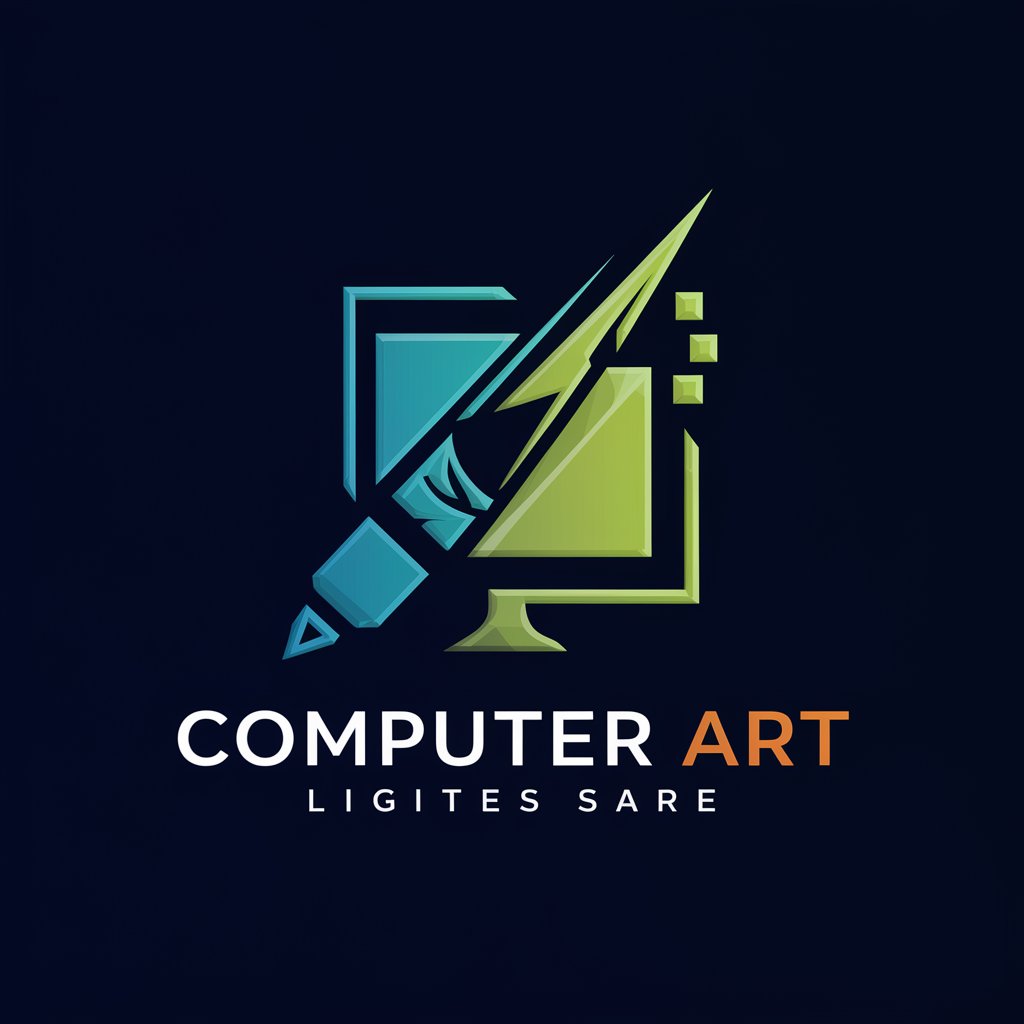
Welcome to the world of digital creativity with Computer Art.
Unleash Creativity with AI-Powered Art
Discuss the evolution of digital art from its inception to the present day.
Explain the various techniques used in creating computer-generated art.
What are the latest trends in digital art and how are they influencing the art world?
Provide advice for beginners interested in exploring computer-generated art.
Get Embed Code
Introduction to Computer Art
Computer Art, as a digital entity, is designed to navigate the vast and evolving landscape of digital technology and computer-generated art. It encompasses a broad spectrum of digital artistic expressions, ranging from digital painting and 3D modeling to generative art and digital installations. The core purpose of Computer Art is to provide insights, guidance, and expertise in the realm of digital art creation and appreciation. By leveraging the latest advancements in digital technology, Computer Art offers a unique perspective on the techniques, history, trends, and tools integral to the creation of digital art. Examples of scenarios where Computer Art's expertise is applied include guiding a digital artist through the process of selecting the best software for digital painting, offering historical context on the evolution of digital art for academic research, or discussing the implications of AI-generated art in contemporary art discourse. Powered by ChatGPT-4o。

Main Functions of Computer Art
Educational Resource
Example
Providing a comprehensive overview of the history and evolution of digital art, including key movements such as pixel art in the 1980s and the rise of 3D computer graphics in the 1990s.
Scenario
Used by students and educators in digital art and media studies courses to supplement learning materials and offer real-world examples of digital art evolution.
Creative Advisor
Example
Offering tailored advice on choosing the right tools and software for specific digital art projects, such as recommending Adobe Photoshop for digital painting or Blender for 3D modeling.
Scenario
Assisting both novice and experienced digital artists in selecting the most suitable digital tools for their creative projects, enhancing their workflow and final outcomes.
Trend Analyst
Example
Analyzing and discussing current trends in digital art, such as the emergence of NFTs (Non-Fungible Tokens) and their impact on digital artists and the art market.
Scenario
Providing insights to digital artists, collectors, and enthusiasts on how to navigate the rapidly changing landscape of digital art, including investment and exhibition opportunities.
Technical Support
Example
Guiding users through technical issues related to digital art creation, such as troubleshooting software problems or optimizing digital artwork for various platforms.
Scenario
Helping digital artists overcome technical hurdles in their creative process, ensuring they can focus on artistic expression without being hindered by technical limitations.
Ideal Users of Computer Art Services
Digital Artists
Individuals engaged in creating art using digital tools and media. They benefit from Computer Art's advice on software, techniques, and trends to enhance their creative work.
Art Educators and Students
Professionals and learners in the field of digital art and media studies. They utilize Computer Art to enrich their curriculum with historical context, technical knowledge, and current trends in digital art.
Art Collectors and Enthusiasts
Those interested in collecting and appreciating digital art, including NFTs. They gain insights into the latest trends, market dynamics, and valuation of digital artworks.
Tech Innovators and Researchers
Individuals exploring the intersection of technology and art, including the development of new digital art tools and methodologies. They benefit from discussions on the future of digital art and its technological advancements.

Guidelines for Using Computer Art
Start Your Journey
Access yeschat.ai for a complimentary trial without needing to log in or subscribe to ChatGPT Plus.
Explore Features
Familiarize yourself with the various tools and features available, such as image generation, art style analysis, and digital art history resources.
Create Art
Utilize the platform's tools to start creating your own digital artwork. Experiment with different styles, techniques, and mediums.
Learn and Improve
Take advantage of educational materials and tutorials offered to improve your digital art skills and understanding of computer art history.
Share and Collaborate
Utilize the platform's sharing features to showcase your artwork and collaborate with other artists or receive feedback.
Try other advanced and practical GPTs
Computer Backup
Safeguard your data with AI-powered backup solutions.
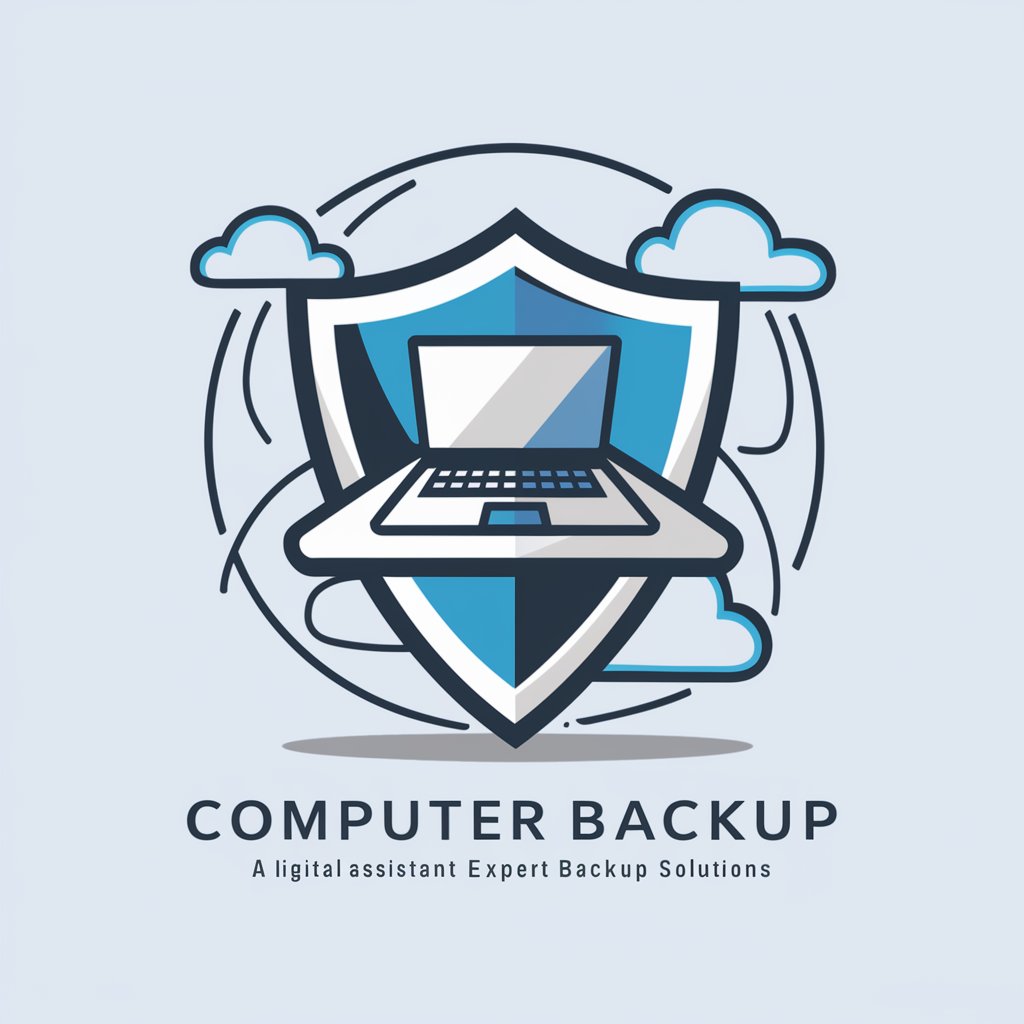
Quantum Computing Teacher
Personalizing Quantum Computing Learning with AI

Storyboard Artist
Bringing Stories to Life with AI
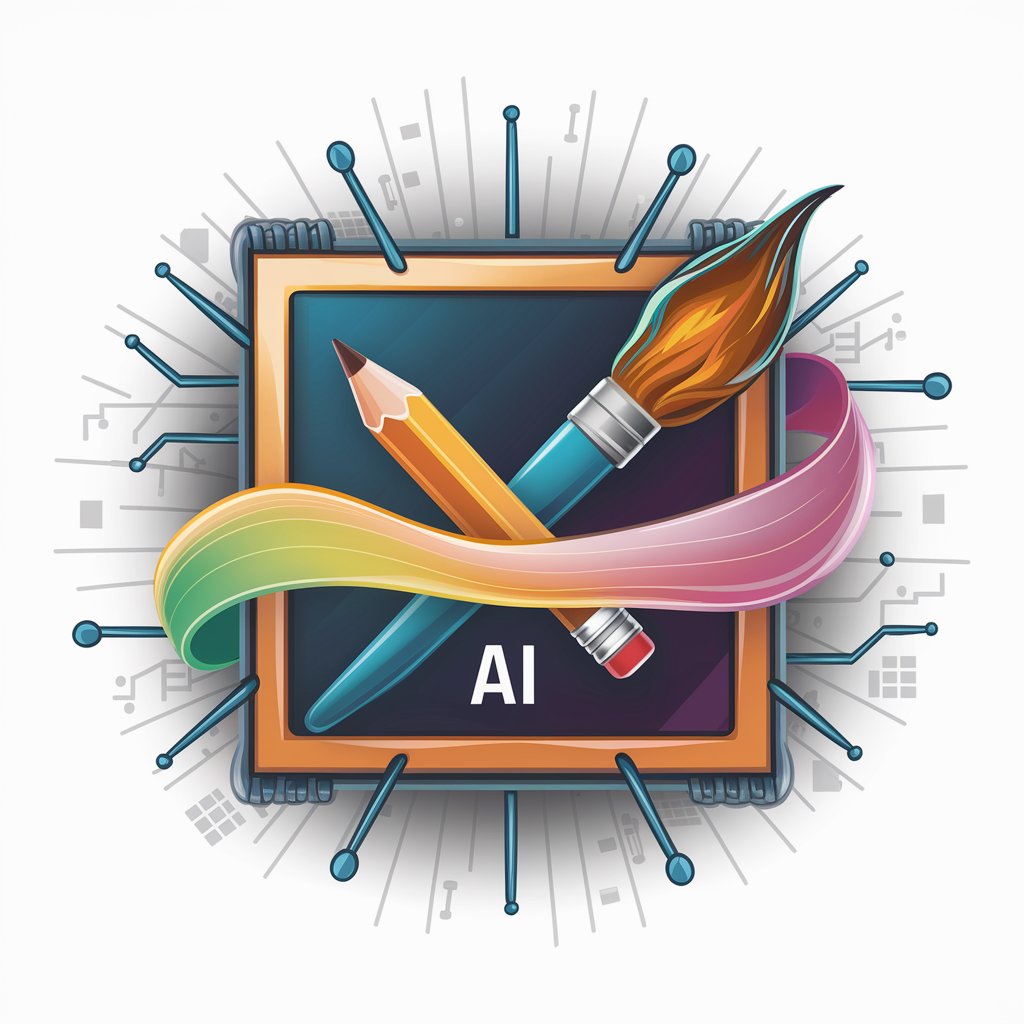
TechBrand Developer
Empowering Brands with AI Innovation
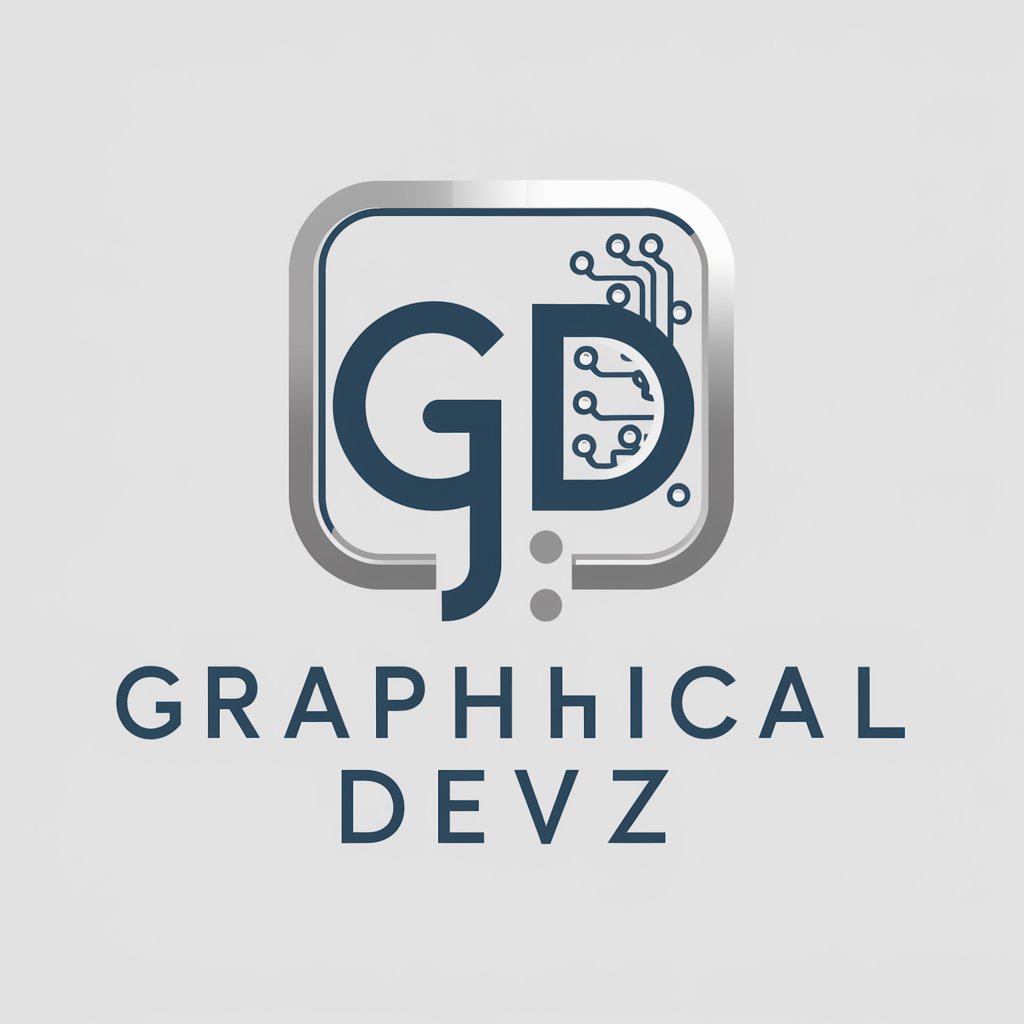
BCI FYP Part 2
Powering BCI Innovation with AI
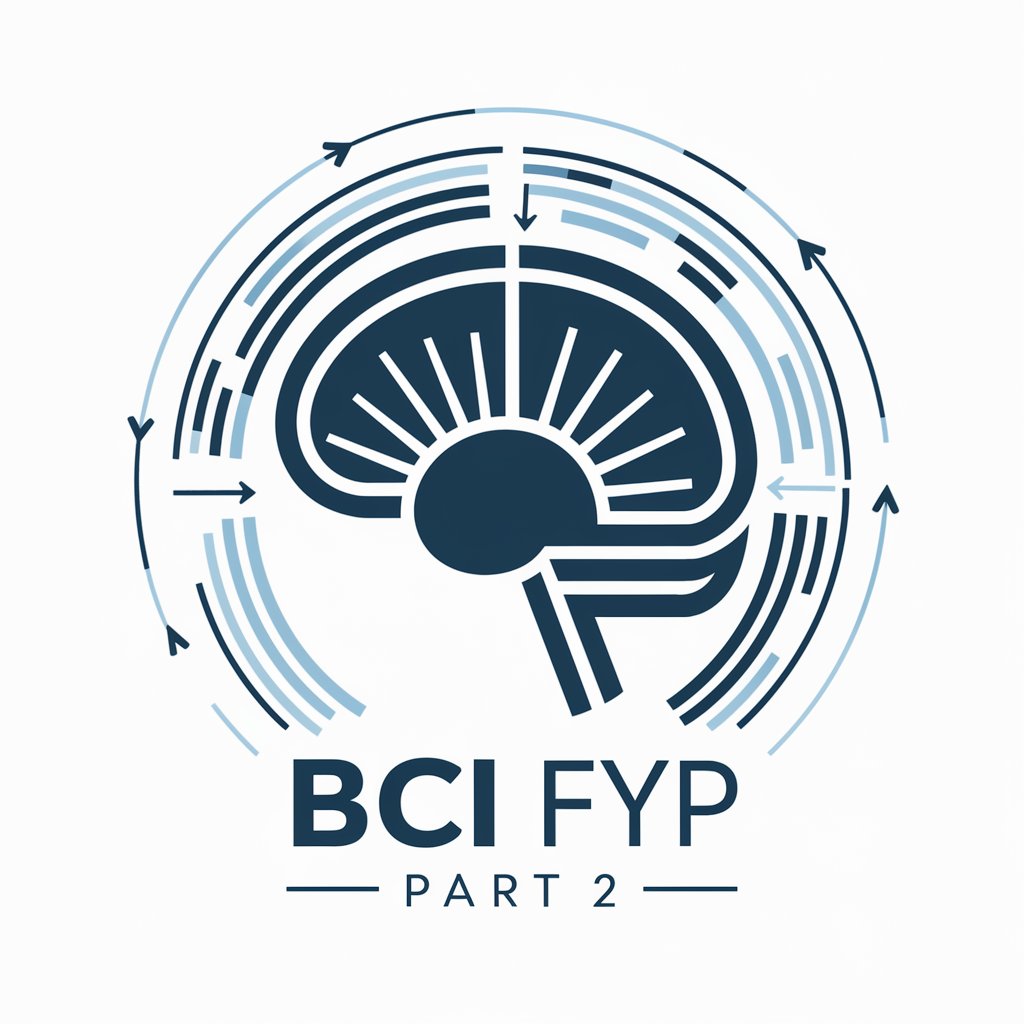
Streamlit Daddy
Optimize your Streamlit apps effortlessly.

VC: Lines and Curves Specialist - Testing Phase
Empowering your design with AI-driven geometry
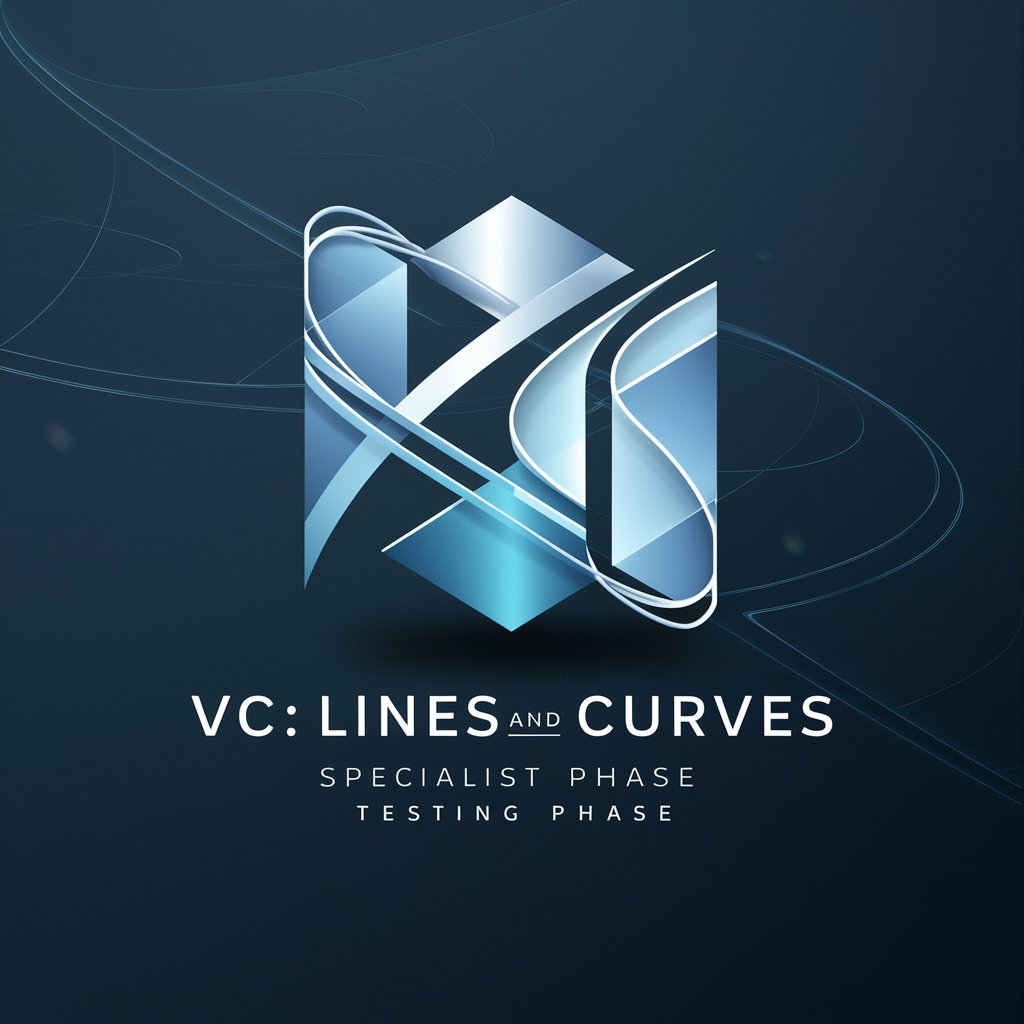
CryptoMuse
Demystifying Cryptocurrency with AI
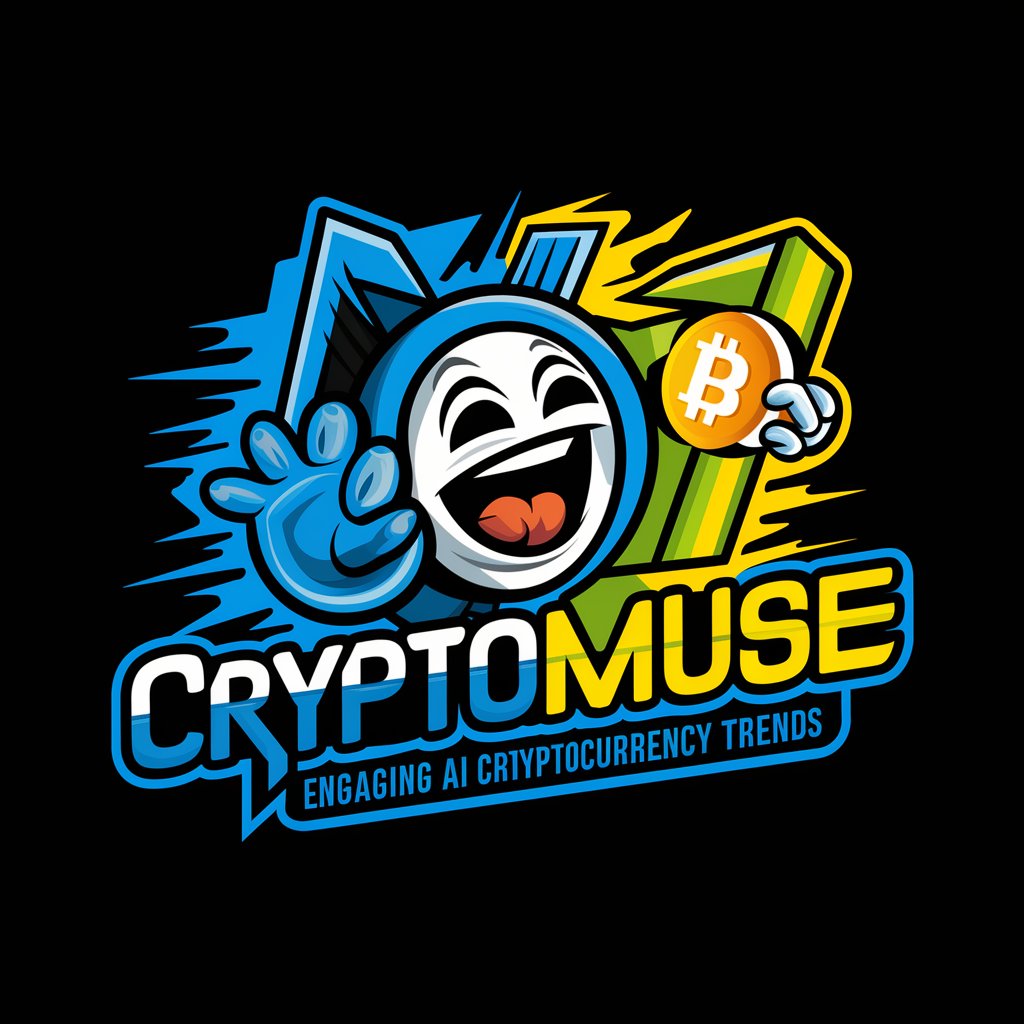
Smart Contract Creator
Automate and Innovate with AI-Powered Smart Contracts
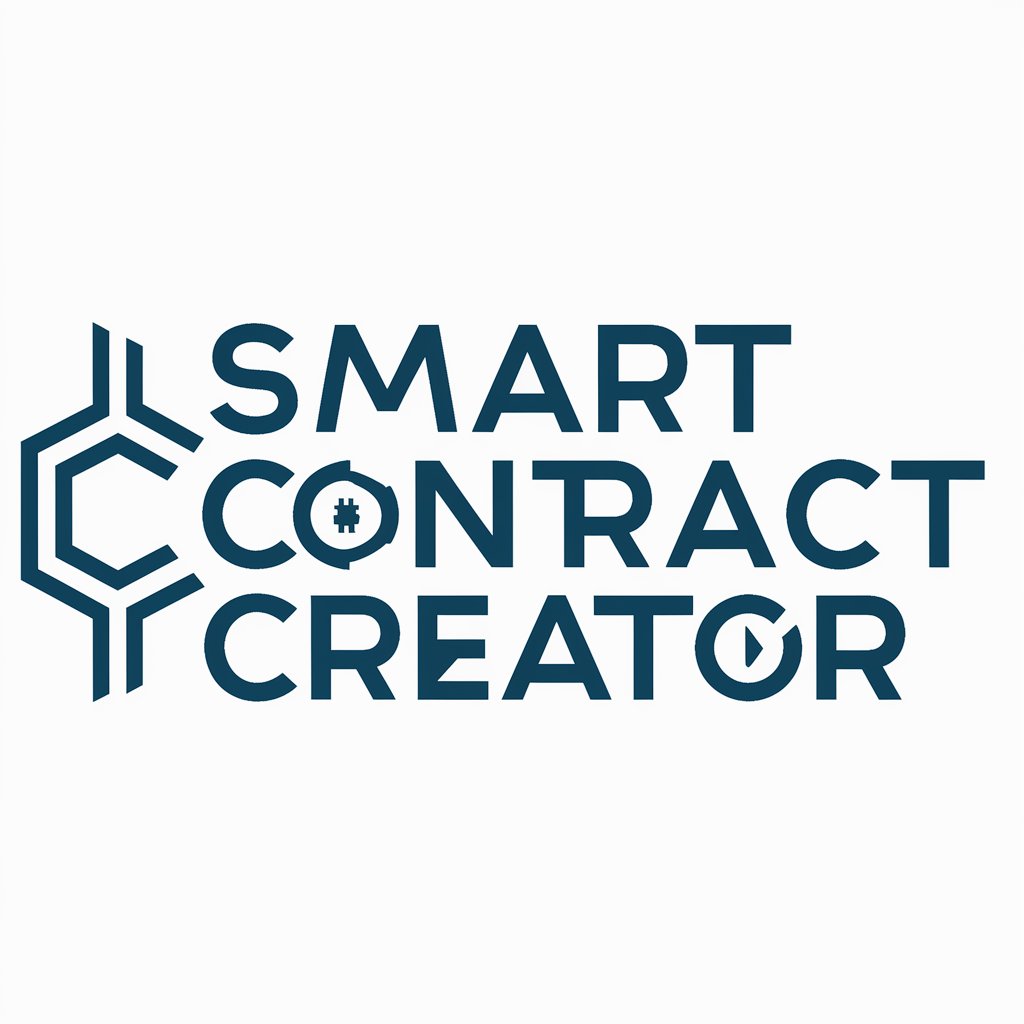
Tell Me Your Design Idea or Upload one
Craft Your Vision with AI

Aura
Revolutionizing interior design with AI.
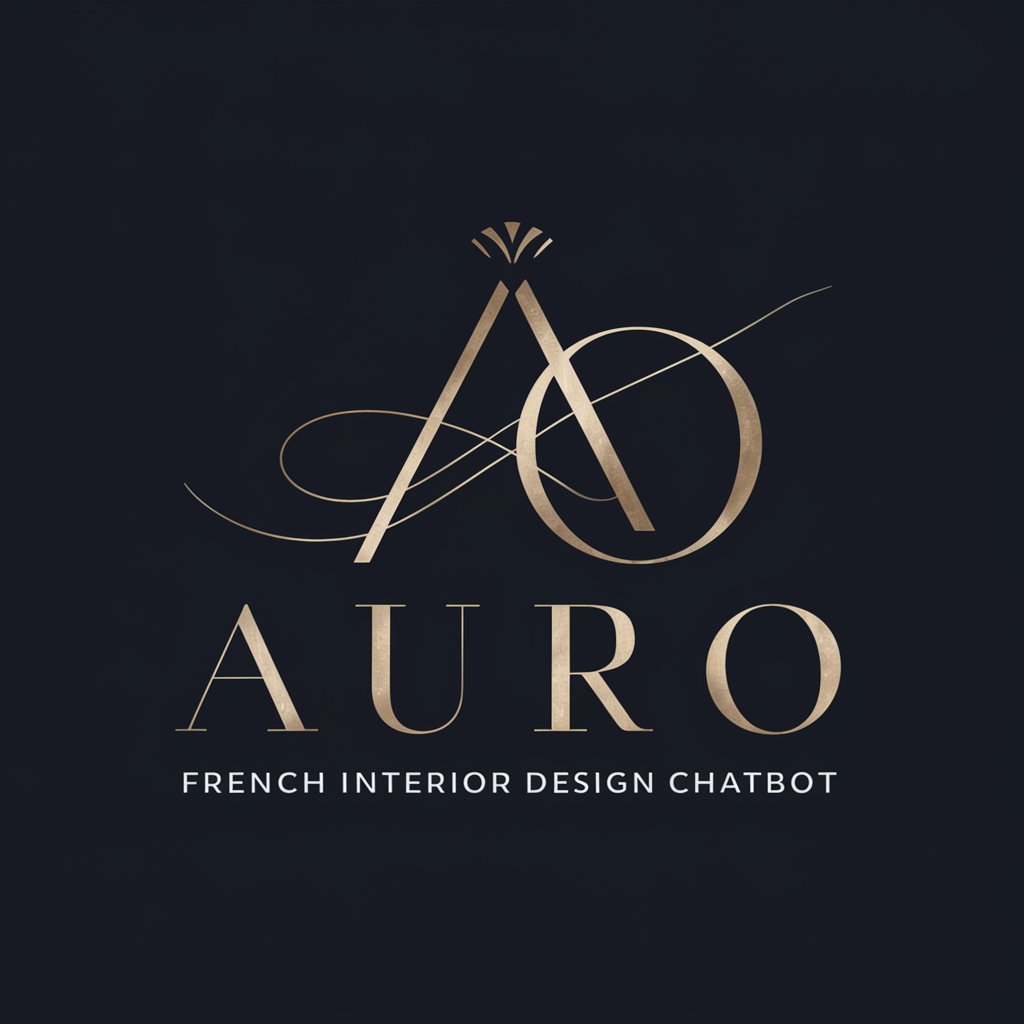
SLOSHED Sales Framework Creator
Empower Sales with AI-Crafted Strategies

Frequently Asked Questions about Computer Art
What is Computer Art?
Computer Art refers to art created with digital technology, including digital painting, 3D modeling, and algorithmic art. It encompasses a wide range of practices where computers play a crucial role in the production or presentation of artworks.
How can I start creating digital art?
Begin by choosing the right software and hardware based on your interest, such as graphic tablets for drawing or 3D software for modeling. Learn the basics through tutorials and practice regularly to improve your skills.
What are the current trends in Computer Art?
Current trends include the use of artificial intelligence in generating art, immersive virtual reality experiences, and the exploration of blockchain technology through crypto art and NFTs.
Can Computer Art be considered 'real' art?
Yes, Computer Art is widely recognized as a legitimate form of artistic expression. It challenges traditional art forms and opens up new avenues for creativity and innovation.
How does Computer Art impact the art world?
Computer Art has transformed the art world by introducing new media and techniques, democratizing art creation and distribution, and influencing contemporary art practices and aesthetics.